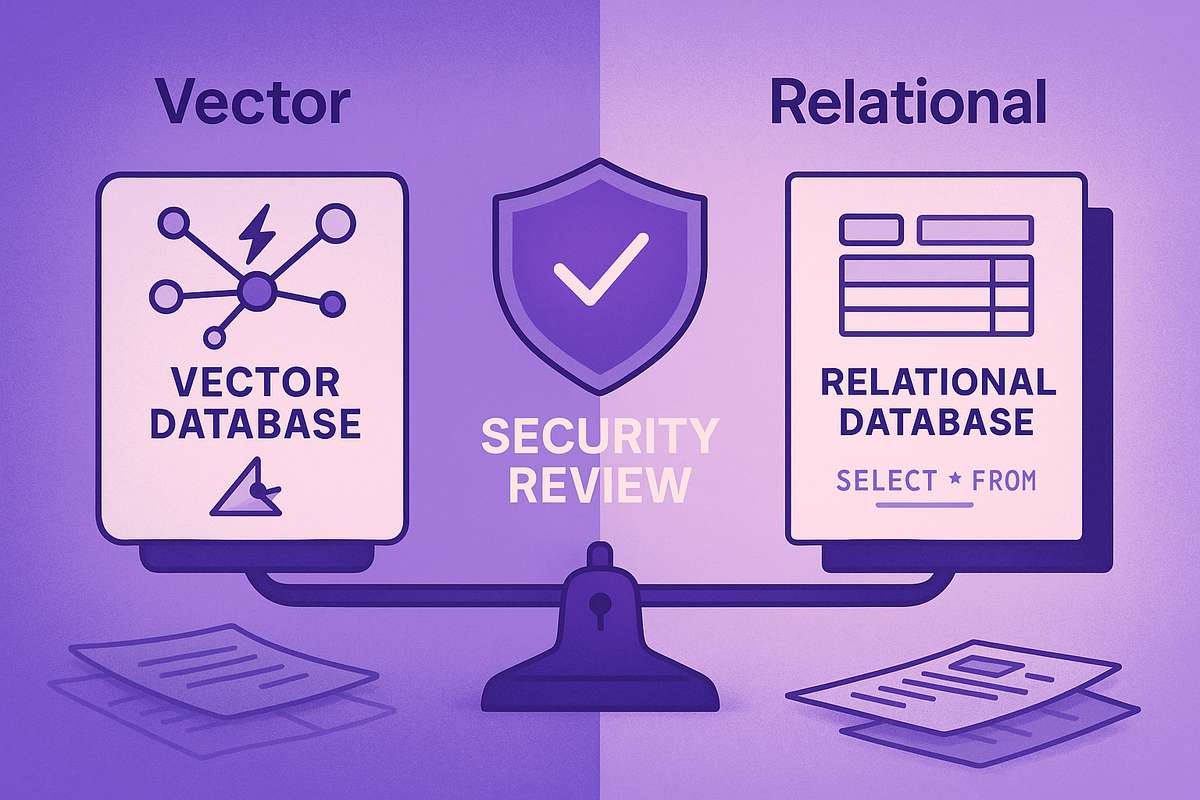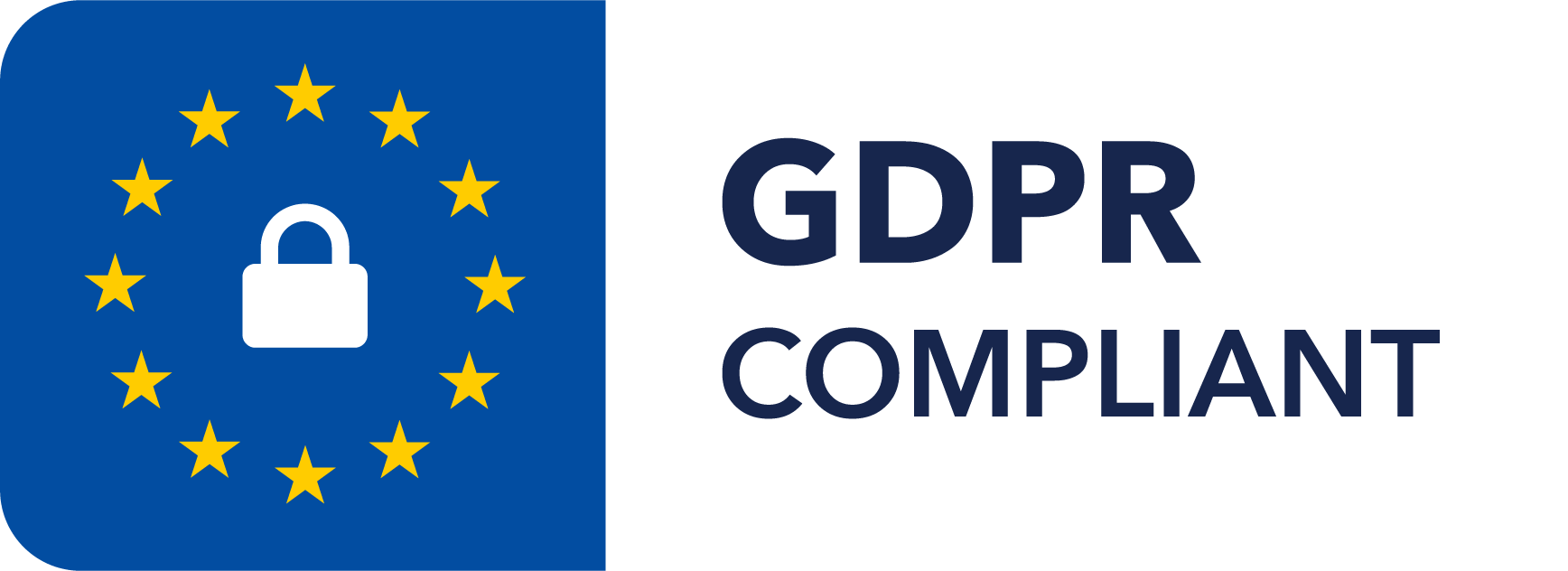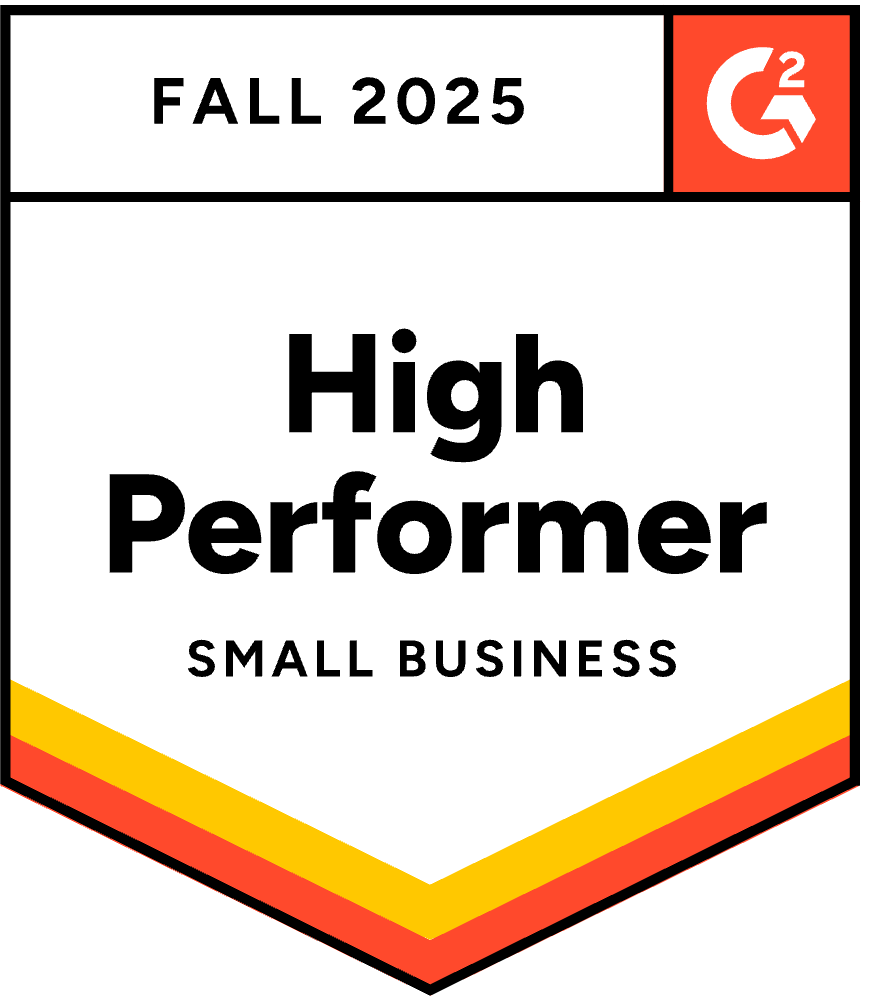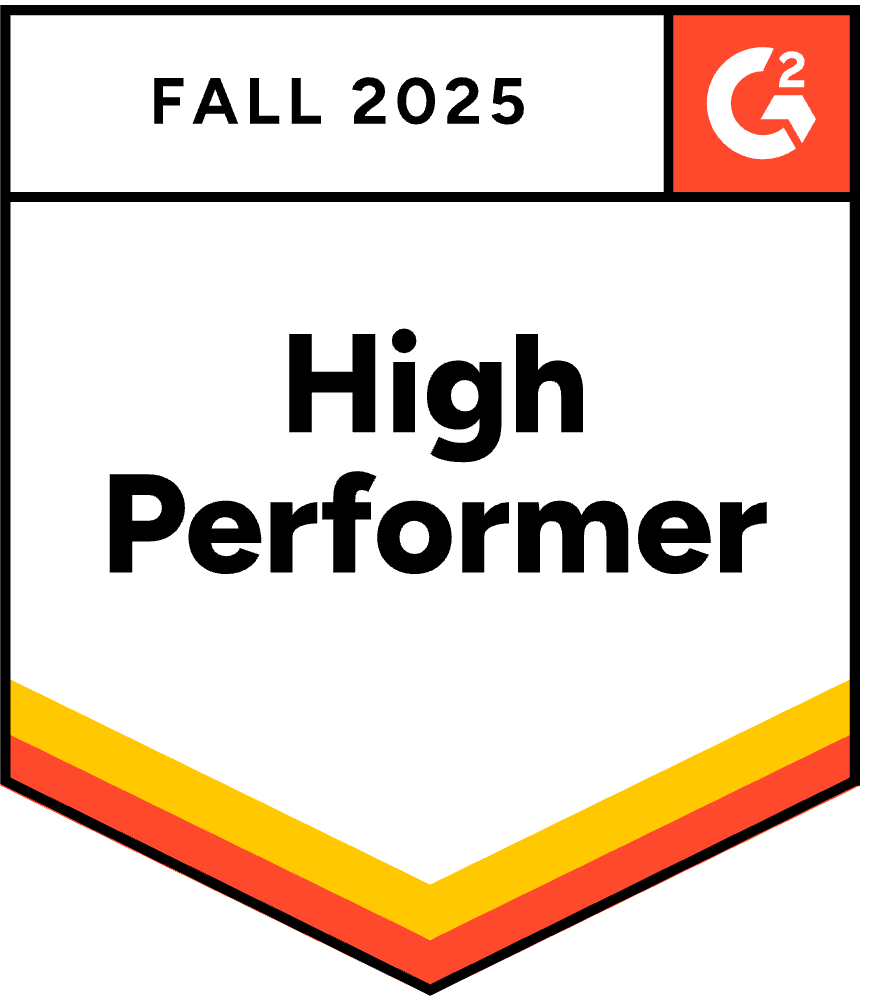How to Write a Winning RFP Cover Letter
August 6, 2025
By
Evie Secilmis
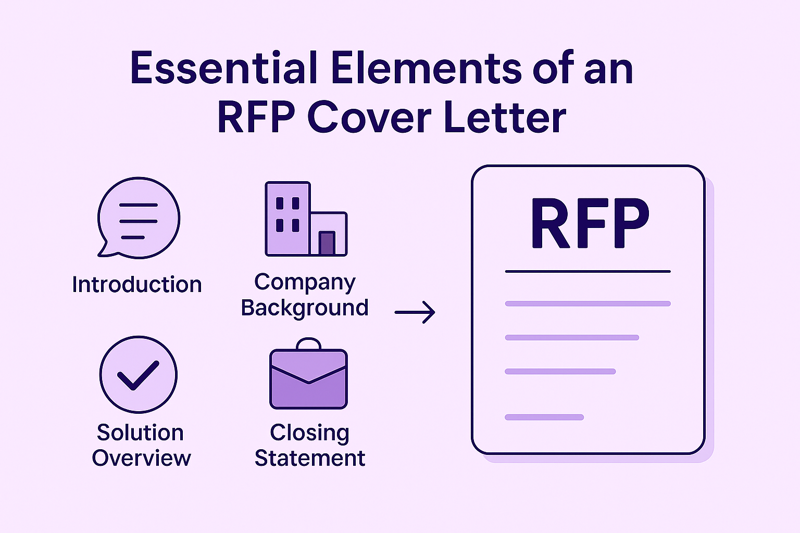
Essential Elements of an RFP Cover Letter
Crafting an RFP cover letter involves more than writing a formal introduction — it’s a strategic opportunity to position your company as the ideal choice for a project. This letter is your first impression and a powerful way to set the tone for your proposal.
While your proposal contains the detailed answers and pricing, the cover letter encapsulates the essence of your bid, showing the client that you understand their needs and can deliver results.
Before diving into how to craft one, you can review the fundamentals of the RFP process in RFP 101: What Is a Request for Proposal? to understand where the cover letter fits in the overall submission.
Why the RFP Cover Letter Matters
Your RFP cover letter acts as the gateway to your proposal, offering a high-level narrative of your company’s capabilities and credibility. It gives evaluators a reason to approach your proposal with confidence.
In competitive bidding environments, first impressions matter. A well-written cover letter can:
- Capture attention and stand out among multiple submissions
- Demonstrate professionalism and attention to detail
- Build an early emotional connection by addressing the client’s goals directly
It’s not just what you say — it’s how you present it. A polished, error-free letter signals competence, organization, and respect for the client’s evaluation process.
1. Start with a Professional Greeting
A personalized greeting sets the tone for your entire proposal. Whenever possible, address the letter to a specific decision-maker or procurement officer.
- Example: “Dear Ms. Reynolds,” is far more effective than “To Whom It May Concern.”
- This small personalization shows that you’ve done your research and understand the organization’s hierarchy.
If you can’t find a specific name, opt for a professional alternative like “Dear Evaluation Committee” to maintain formality while sounding respectful.
2. Introduce Your Company with Context
Your opening paragraph should be concise and impactful. It introduces your company and sets the narrative for why you’re best suited for the project.
Include:
- Your company’s name and area of expertise
- Relevant credentials or certifications
- A clear statement of your intention to bid
- Enthusiasm for the opportunity
For instance:
“At Iris Solutions, we specialize in helping organizations modernize their proposal workflows. We’re excited to submit our response to your RFP for digital transformation support.”
That enthusiasm helps create a positive, confident tone from the outset.
3. Demonstrate Understanding of the Client’s Needs
Show that you’ve taken the time to analyze the RFP and understand the client’s goals. This demonstrates responsiveness and commitment.
Summarize the client’s main objectives and link them to your approach:
“We understand that your goal is to enhance proposal efficiency while maintaining accuracy and compliance. Our platform directly addresses these priorities through AI-powered RFP automation and collaboration tools.”
This approach not only proves comprehension but also establishes early alignment between your solution and their challenges.
4. Highlight Your Strengths and Differentiators
This is where you position your company as the best-fit partner for the project.
Emphasize your:
- Proven experience with similar projects
- Unique technology or methodology
- Client success stories or testimonials
- Certifications (such as ISO, SOC 2, or industry awards)
Concrete examples make your claims credible:
“In 2024, we helped a Fortune 500 enterprise cut proposal turnaround time by 40% using our automation framework.”
Referencing quantifiable results builds trust and makes your proposal stand out in the evaluation process.
5. Articulate Your Value Proposition
Your value proposition explains why your company is the best choice — what unique value you provide that others don’t.
Focus on outcomes that matter to the client:
- Cost savings
- Faster delivery timelines
- Higher quality deliverables
- Proven compliance processes
Align your message with the client’s goals:
“Our solution will streamline your RFP response process, reduce manual review time, and improve compliance visibility — all within your existing workflow.”
This direct connection between value and client needs enhances persuasiveness.
6. Include a Clear Call to Action
Close your letter with an invitation for further discussion. Encourage the client to reach out for clarification, meetings, or next steps.
Examples:
- “We welcome the opportunity to discuss our proposal in more detail.”
- “Please feel free to contact me at [your email] or [your phone number] with any questions.”
Making follow-up communication easy keeps your company top of mind during evaluations.
7. End with a Professional Closing
A courteous, professional sign-off leaves a lasting impression.
- Use closings like “Sincerely,” “Respectfully,” or “Best regards.”
- Include your full name, title, company name, and signature.
- Optionally, add contact information below your name for convenience.
Example:
Sincerely,
Jane Roberts
Director of Business Development
Iris Technologies
jane.roberts@heyiris.ai | (555) 123-4567
This small touch reinforces authenticity and accessibility.
Tips for Writing a Winning RFP Cover Letter
- Keep it concise: One page is ideal — evaluators don’t have time for lengthy intros.
- Customize for each client: Generic letters can be spotted instantly. Tailor your tone and examples to the recipient’s industry and goals.
- Be confident, not boastful: Focus on solutions and value, not just your company’s achievements.
- Proofread meticulously: Typos and formatting errors can undercut credibility.
For more on tailoring RFP content strategically, see RFP 101: What Is a Request for Proposal? for an overview of proposal best practices.
Key Takeaway
A well-crafted RFP cover letter can mean the difference between being noticed and being overlooked. By combining personalization, clarity, and confidence, you transform your introduction into a persuasive pitch that captures attention and sets the tone for success.
Remember — the cover letter is your first handshake in the RFP process. Make it count.
Share this post
Link copied!





